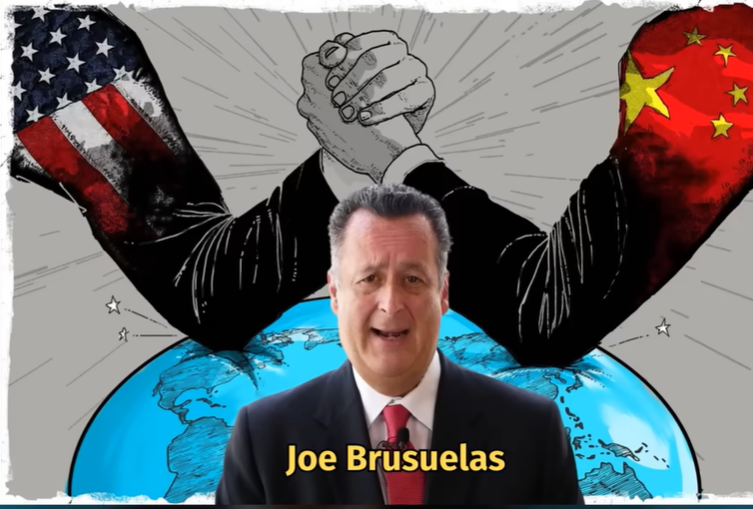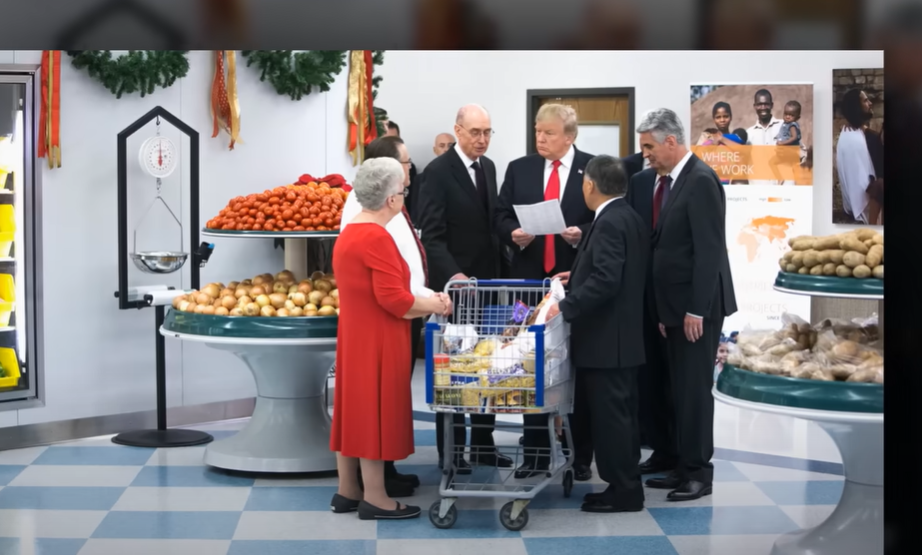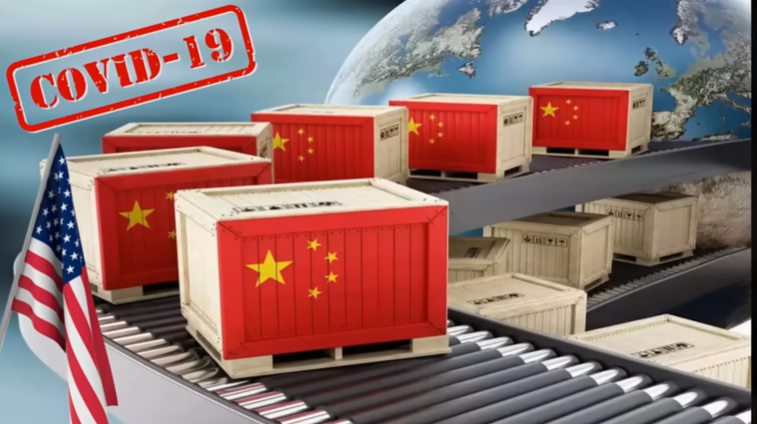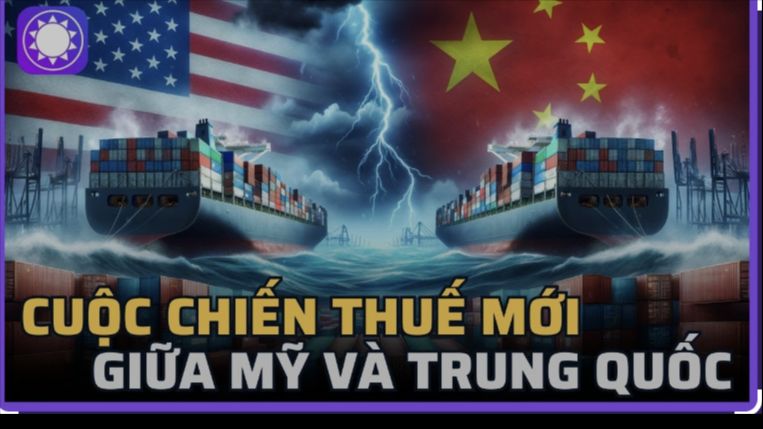The tax war in the electric vehicle sector

President Biden's decision was made based on Section 301 of the Trade Act of 1974, which allows the U.S. government to retaliate against trade practices deemed unfair or in violation of global standards. Lael Brainard, the president's national economic advisor, explained that the application of a fourfold increase in tariffs on Made in China electric vehicles is aimed at offsetting China's unfair practices and subsidies. He stated that this move would create a level playing field for current American automakers and workers. The U.S. electric vehicle market has not yet recorded the official presence of major manufacturers from China. Polestar is the only brand present in this market through a partnership between China's Gily and Volvo. Although most Polestar vehicles are produced in China, the company plans to assemble vehicles at a plant in South Carolina by mid-year. Additionally, Neo and Zhai, a car manufacturer that just went public in the U.S. last week, is also said to be targeting the U.S. market.

Owen Tedford, a senior analyst at Beacon Policy Advisors, commented that previously, the amount of Chinese electric vehicles imported into the U.S. was relatively small, so the increase in tariffs would not cause significant changes in the U.S. market. However, according to AP, U.S. officials are concerned that Chinese electric vehicles will soon flood the U.S. market. The reason is due to the fierce price war currently taking place in the world's second-largest economy, involving giants such as BYD, Great Wall Motor, and even Tesla. This has raised concerns in the U.S. that Chinese manufacturers will seek to export to escape domestic difficulties. In February, BYD, considered a direct competitor to Tesla, announced plans to establish a factory in Mexico to serve the local market. However, the U.S. government pressured Mexico to reject incentives for Chinese manufacturers. In addition to electric vehicles, several other Chinese products have also seen tariff increases in this round, including solar panels, aluminum steel, and medical equipment. The tariff rate on lithium-ion batteries, used for electric vehicles, has been increased from 7.5% to 25% this year. Tariff rates on other types of batteries will be increased in 2026. China has expressed disappointment at this move by the White House, with a spokesperson for the Chinese embassy dismissing the U.S. claim that Beijing encourages overproduction to dominate global trade. He argued that the U.S. claims to be ready to enhance cooperation with China on climate change but exaggerates the so-called overcapacity in the new energy sector and raises tariffs on electric vehicles and Chinese solar products. According to him, the increase in prices for electric vehicles and solar panels will make the transition from fossil fuels to renewable energy more difficult.
The impact of tariffs

Although the new tariffs on Chinese goods may not have a strong impact on U.S. GDP, inflation, and interest rates in the short term, this move is predicted to lead to a freeze in U.S.-China economic relations in the long term. For decades, countries around the world have viewed import tariffs as an effective measure to protect and promote the development of domestic industries. However, evidence from studies and history shows that the actual economic effectiveness of imposing import tariffs often does not meet expectations. Economists believe that in the short term, this tariff imposition will not have a significant impact on U.S. GDP, inflation, and monetary policy. For China, the additional tariffs may not create an immediate impact, as leading Chinese electric vehicle manufacturers currently do not have a significant presence in the U.S. market. Meanwhile, solar panels are primarily exported through third countries. However, from a broader perspective, the economic picture becomes more complex. This tariff imposition is a sign that U.S.-China economic relations will fall into a state of freeze for a long time.

Joe Bruselas, an economist at RASMUS, noted that the last round of tariffs imposed by the U.S. on Chinese goods occurred during former President Donald Trump's administration in 2018 and 2019, with a total value of affected goods amounting to about $300 billion. This policy is still being applied in the U.S. presidential election campaign. Trump has stated that if re-elected, he will implement a comprehensive increase in import tariffs, not limited to Chinese goods. Economists have warned that this could lead to mass unemployment and rising inflation.
Impact on economic growth

The Biden administration plans to implement the new tax policy this year on most items, with a few remaining items to be applied in 2026. This decision comes amid signs of positive trends in the U.S. labor market, with strong growth and vibrant consumer demand. However, the fight against inflation is not yet over, forcing the Federal Reserve to maintain high interest rates. Experts believe that President Biden's tax increase plan will not bring about significant changes to U.S. monetary policy. The new tariffs are unlikely to impact inflation and GDP, and monetary policy will not consider this factor when adjusting interest rates.
Impact on domestic production

In 2002, former U.S. President George Bush imposed tariffs on imported aluminum and steel. Subsequent studies indicated that this policy cost the U.S. economy about $30 million. The tariffs also raised production costs for industries using steel, leading to mass unemployment in the steel sector, especially among small companies. Seven years later, former President Barack Obama continued to impose tariffs on imported tires from China. Although this move was expected to protect the domestic tire manufacturing industry, the results were contrary. This policy resulted in 1,200 workers in the U.S. tire manufacturing industry losing their jobs. Additionally, American consumers suffered losses of up to $1.1 billion due to rising tire prices, according to a study by the Peterson Institute for International Economics. Most recently, in 2019, a study by the Fed indicated that the import tariffs imposed by former President Donald Trump did not yield effective results in boosting job growth in the manufacturing sector in the short term. On the contrary, this policy even caused unemployment, leading to higher prices for goods due to increased input costs, while also triggering retaliatory actions from other countries.
Impact on consumers

Economist Dr. Swit noted that the imposition of import tariffs often carries more political significance than economic benefits. He stated that most economists believe that import tariffs are a bad idea because they prevent countries from benefiting from labor specialization. They disrupt the flow of products and services and lead to inefficient resource allocation. The imposition of import tariffs will force retail distribution companies and consumers to bear additional costs. A 2023 study by the U.S. International Trade Commission found that retail sectors bore nearly all the costs arising from former President Donald Trump's import tariff policy. The situation worsened when some businesses were said to have exploited the trade war to raise prices. Some U.S. manufacturers, despite exporting products to countries outside of China, still increased their product prices citing increased import tariffs.

A report from the New York Fed indicated that the tariff policy imposed by former President Trump in 2018 caused American households to pay an additional $419 per year. Over time, the positive economic impact of import tariffs has become increasingly difficult to determine. A report earlier this year from the National Economic Research indicated that when considering factors such as import tariffs, retaliatory tariffs, and agricultural subsidies, the actual effectiveness of this policy is zero. This policy has even caused negative impacts on businesses and employment in the U.S.
Impact on the trade balance

The COVID-19 pandemic has significantly changed the impact of the import tariff policy during former President Trump's administration on U.S. manufacturing and trade. Before the pandemic broke out, U.S. import businesses had begun seeking alternative sources for goods from China. However, when the pandemic emerged and consumer demand surged, domestic inventory quickly depleted. This led to a resurgence in imports from China, according to a Wells Fargo report in April. However, by the end of 2023, the volume of goods imported from the world's second-largest economy had decreased by 3% compared to 2019. In contrast, the volume of goods imported from several other Asian countries into the U.S. increased by 50%.
